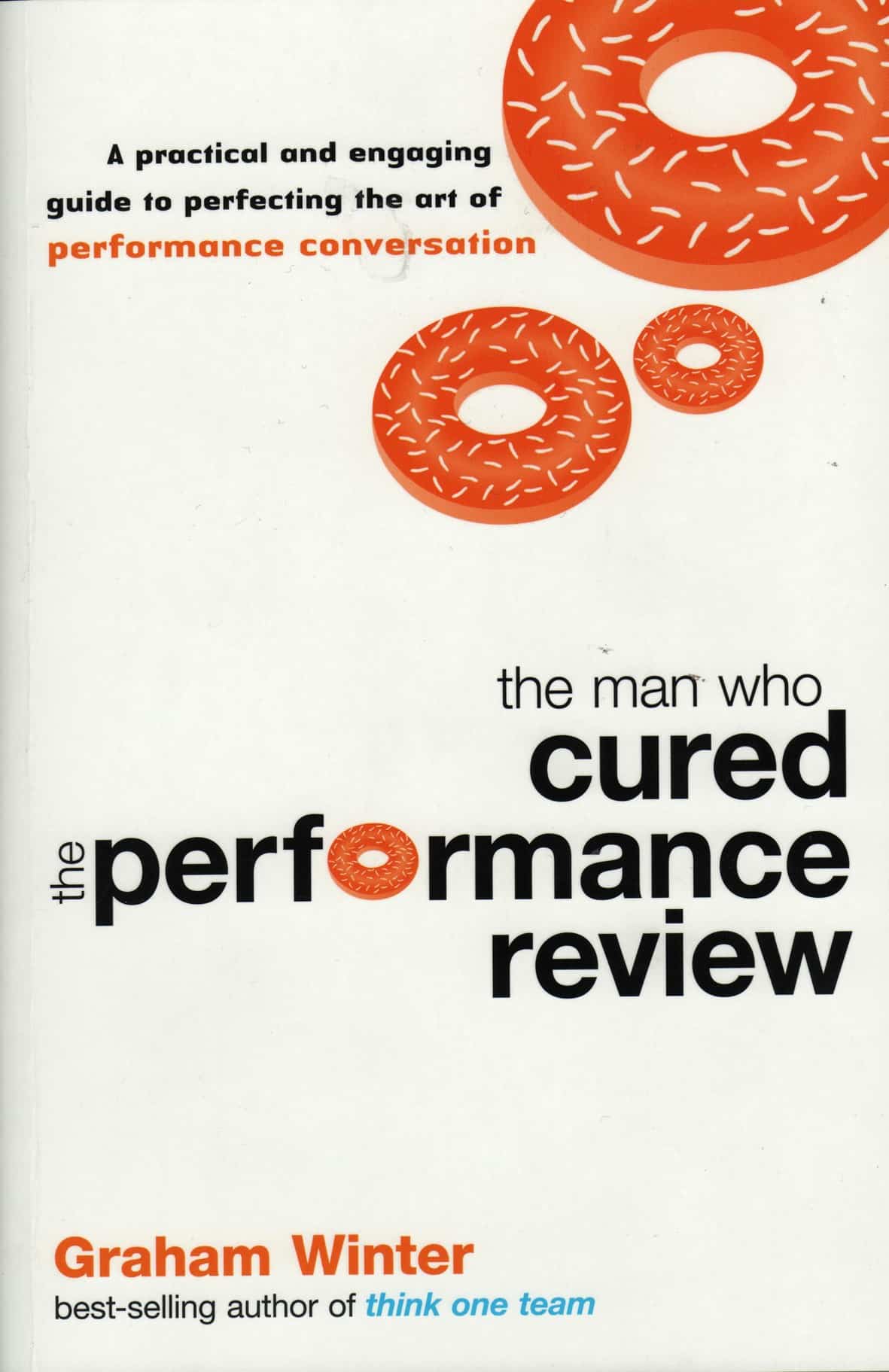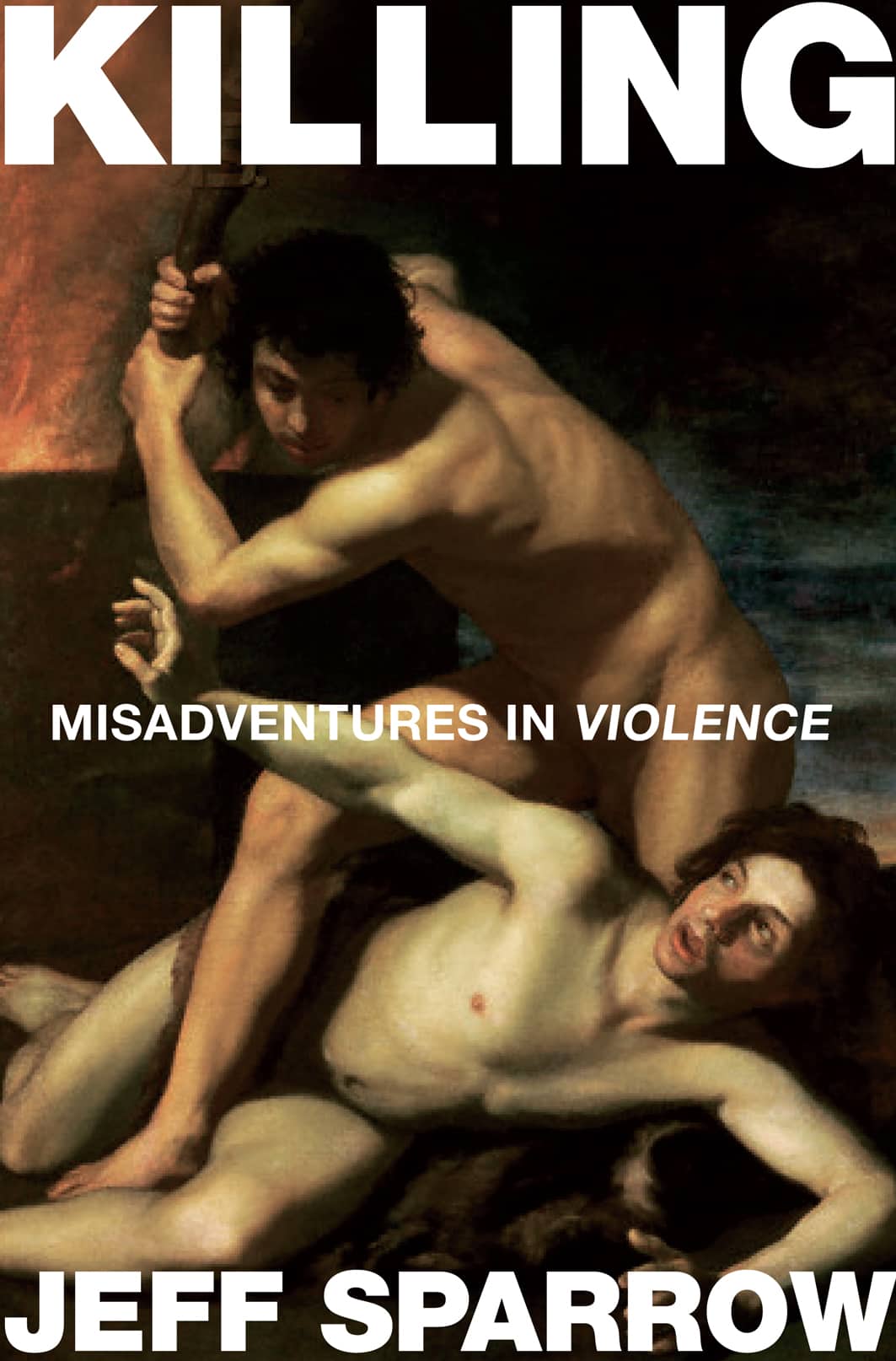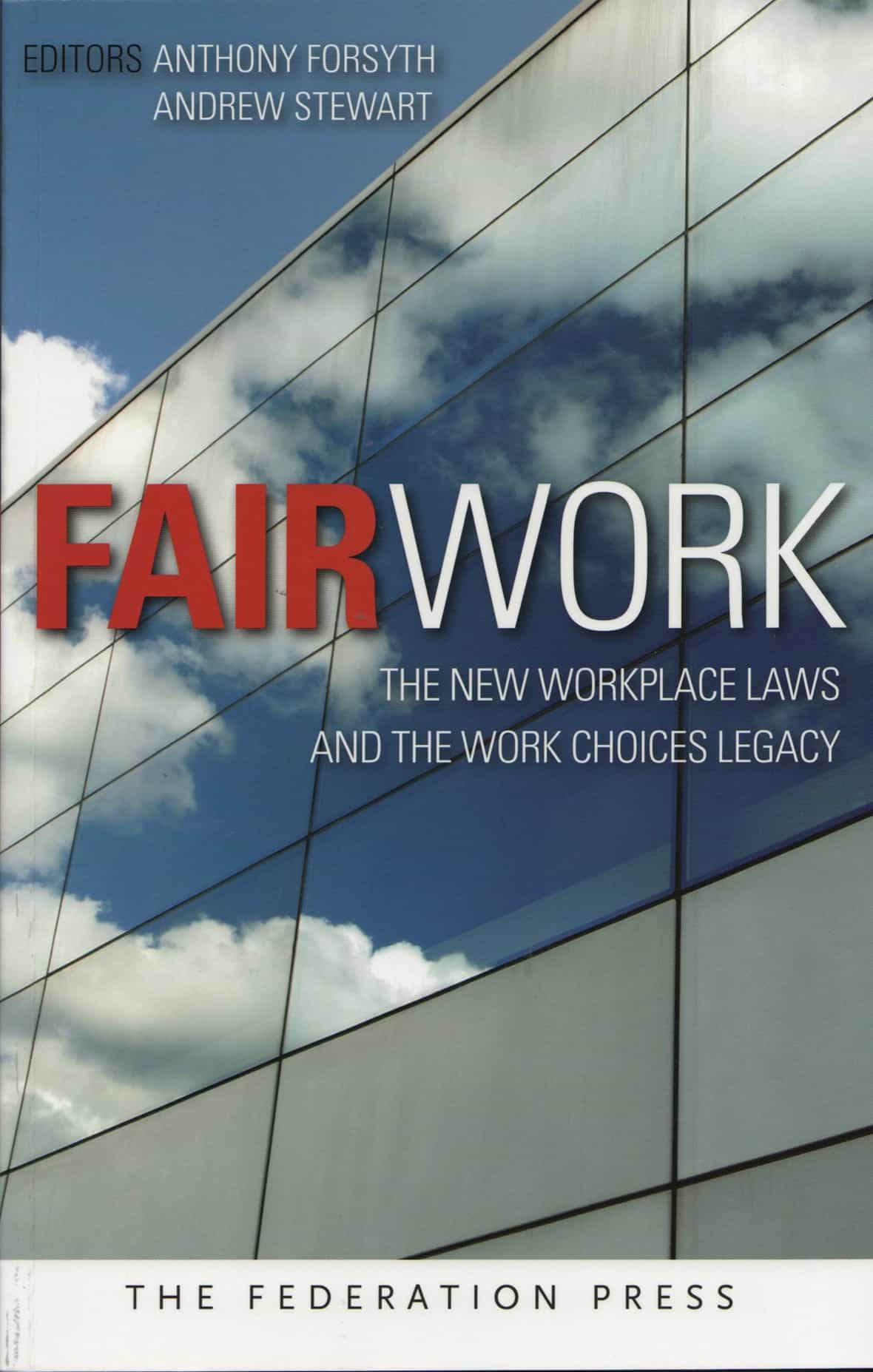As the incidence of asbestos-related diseases increases, the issues associated with asbestos have evolved beyond occupational health and safety.
The corporate conduct of James Hardie Industries and the prosecuting of its directors by the Australian Government had asbestos as the product around which corporate misbehaviour occurred. The prosecution has not improved the lot of the victims. The compensation fund which the director’s lied about will still be inadequate to deal with work-related claims.
Asbestos has become a true public-health hazard and issue, in a similar way that lead went from work to the community or even, perhaps, how cigarette smoke went from the personal to the public. Increasingly, useful results will be gained from lobbying the government through the public health sphere rather than through OHS.
Today in Tasmania, Matt Peacock‘s book called “Killer Company” was launched with the support of the Australian Workers’ Union. According to a media release in support of the event, the AWU National Secretary Paul Howes will “call for the creation of a federal National Asbestos Taskforce to manage the prioritised recall of all asbestos containing materials in all forms from the nation.”
Howes says
“The Federal Government must establish a national body with a regulatory mandate to map priority areas for asbestos product removal, such as schools and public places, and oversee its careful and total removal.”
“A National Asbestos Taskforce could facilitate and resource an Asbestos Summit, to bring together industry leaders, regulatory bodies and the nation’s top medical asbestos disease experts. Together with Governments, state, federal and local, such a summit could identify urgent priority areas for asbestos removal and develop a national strategy to deal with this ‘slow burn’ national emergency once and for all.”
Businesses in Australia must have an asbestos register but Paul Howes is also calling for
“…the establishment of a National Asbestos Register for all Australians ill from, or exposed to asbestos. He will also call for the establishment of a Register of all priority areas linked to a national Asbestos Present in Buildings Register.”
“We believe that [an] actuarial study will show that it is cheaper to remove asbestos containing materials completely from Australia, than fund the extraordinary medical cost of treating thousands of Australians contracting very serious asbestos-related disease over some decades to come.”
Unions have a proud history of effecting social change. Asbestos fits this tradition as it concerns the spread of a manufacturing component that is, arguably, going to have more of a social cost than it ever had as a social benefit.
There is enough of a social awareness of the complexity of issues related to asbestos that traction should be achievable with the government on a public health scheme. The challenge for the union movement and asbestos-safety advocates is that the campaigns still need to convince the whole community that this cannot be dismissed as a “union issue” but is a public health issue “championed by the unions”.
As more and more cases of asbestosis and mesothelioma start appearing in people who have not been involved in manufacturing or using asbestos, or washing the dust out of clothing, or living near asbestos mines, the seriousness of the health hazard will become evident. But we should not have to wait till then and a socially-aware government as the Rudd Labor Government in Australia claims to be should be able to acknowledge the sins and mistakes of the past and plan for the future, as it has done on other social concerns.
A video and audio interview with Matt Peacock is available online .
UPDATE: 17 September 2009
Tasmania’s Minister for Workplace Relations, Lisa Singh, has released a media statement about her launch of Matt Peacock’s book. In the statement she outlines her government’s action on asbestos:
“Shortly after becoming the Minister for Workplace Relations, I arranged a forum on Asbestos which was held by Workplace Standards on the 18th of March this year.
“A whole of Government Steering Committee was established following the forum and will make recommendations to me later this year.
The Committee is considering a range of issues including prioritised removal, mandatory reporting and disclosure, disposal, current legal and compensation issues and community awareness and education.
An audio report on the call for asbestos registers by the AWU was in the ABC Radio program AM on 17 September 2009 and is available online.

 who was the chief psychologist for the Australian Olympic team and is now an author and business adviser. In August 2009 he has a book released entitled “The Man Who Cured the Performance Review”.
who was the chief psychologist for the Australian Olympic team and is now an author and business adviser. In August 2009 he has a book released entitled “The Man Who Cured the Performance Review”.
